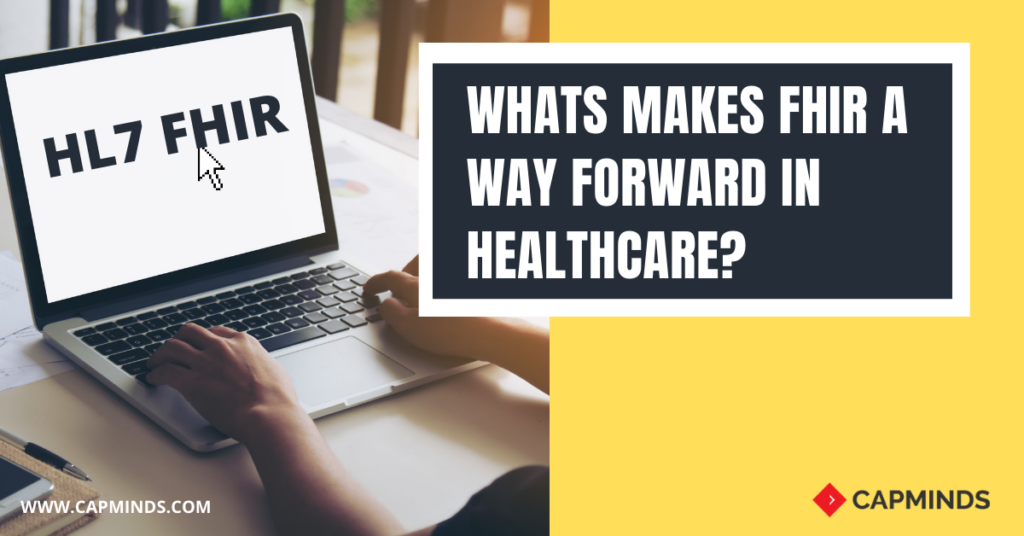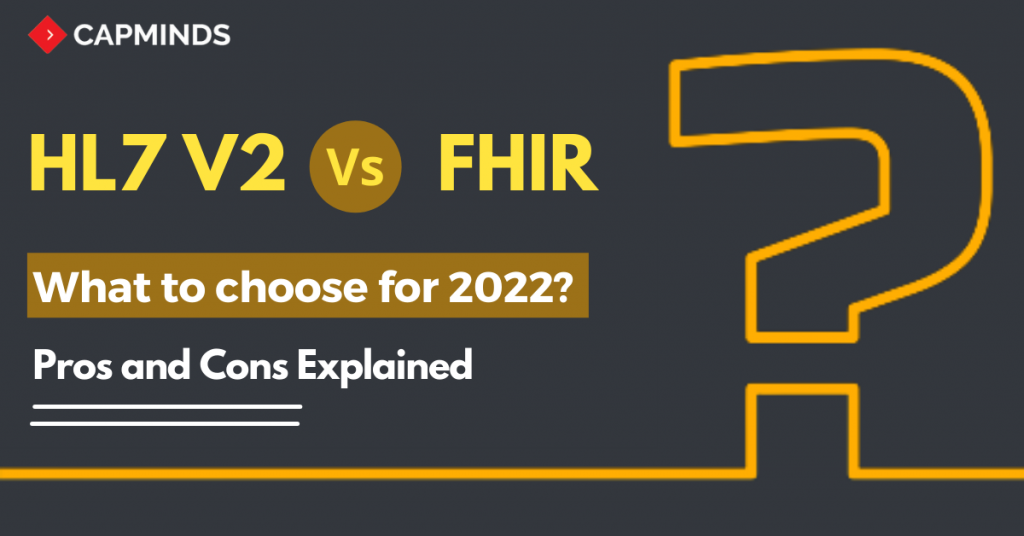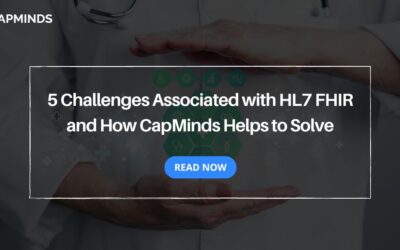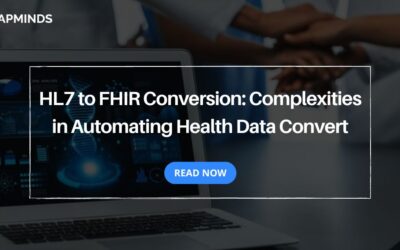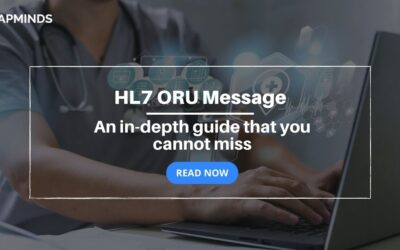Whats Makes FHIR A Way Forward In Healthcare?
The Fast Healthcare Interoperability Resource (FHIR) is a standard and set of guidelines that dictate how information is presented and transmitted. In simplified terms, FHIR (pronounced “fire”) is an agreed-upon language into which information is translated so it can be easily shared across platforms and systems. This system allows for the secure exchange of clinical, administrative, and other healthcare information.
FHIR determines three key guidelines: what format data is in, phrasing and definitions for terms, and the technologies supported in data transmission. The common language makes it easy to access the data and submit queries. Streamlining the format in this way maximizes the value of shared data.
For example, FHIR dictates that all patients be referred to as “patients,” though other organizations might call them “members” or “program users.” Similarly, what FHIR calls “practitioners” may elsewhere be referred to as “doctors,” “clinicians,” or “care managers.”
Why is FHIR the new interoperability standard?
“One of the keyways to enable innovation in an industry is to make sure that data – with the proper authorizations and privacy protections in place to protect the end user – is easily accessible to entities who can think of new ways to add value using that data.
Because FHIR is based on pre-existing standards used to transmit data, the barrier of entry for new software is lower. In other words, developers have experience in how data is transferred, so it’s easier to adapt those methods to the healthcare industry than to start from scratch.
Another way exchanging information is made easier is that FHIR removes all metadata. Doing so separates a person’s understanding of the data from the data itself. It enables the cleaning, sending, and interpreting of information across systems—and eliminates costs associated with this process.
FHIR also solves some deeper problems. Only non-proprietary data formats are supported, which makes the shared information accessible to a wider audience. Users don’t have to worry whether a recipient has the proper application to open and read a report sent using FHIR. The system is also endorsed by the Department of Health and Human Services (HHS), simplifying the integration approval process.
How does FHIR impact quality reporting?
There are five levels to the FHIR framework. Levels 3 and 4 are most relevant to quality reporting, as they encompass administrative, clinical, diagnostic, medication, workflow, and financial data. Because this information is all in the same FHIR “language” with no metadata, the information can be queried easily.
The challenge with healthcare is that data has always been locked behind silos with two strong limitations. One, no incentives for the data owners to share the data externally and two, no common technology and services that make it easy to store and move the data around.
For example, data analysts can run a report to find the age of every patient diagnosed with diabetes. This search could be limited to a certain location, or broadened to include the entire U.S. While much of this shared information may appear to be digital exhaust, it can be useful under the right lens.
When patient, hospital, and practitioner information is all in one place—and is reported with the same vocabulary—it’s easier to access data on hospitals, health systems, and patient populations. Even outside of traditional reporting, data analysts can pull key insights about diagnoses and demographics about other populations for comparison.
What else can FHIR do?
Primarily, FHIR is intended for use as a base platform, to be customized and built off of. It allows for a base understanding across all users, ideally leading to true interoperability across the healthcare industry. Rather than one app that does everything, FHIR offers a basic starting point for developers to create unique apps and services for.
This feature also makes FHIR a good starting point for artificial intelligence (AI) development. Data used for training a machine learning solution is already in one format. Developers don’t have to spend extra time cleaning data to feed the AI—they can jump right in with the most important information.
As you’re planning your digital roadmap, make sure you’re building around member experience to truly future-proof your health plan. Offer members an integrated experience, whether they’re meeting with clinicians via telehealth or managing multiple conditions at home. Building on a platform that leverages FHIR-based APIs means you can adapt to a changing landscape with new tools and services that meet shifting member demands.
Looking for the best HL7 FHIR services to implement FHIR based solutions for your practice? Schedule a quick demo with CapMinds team!
